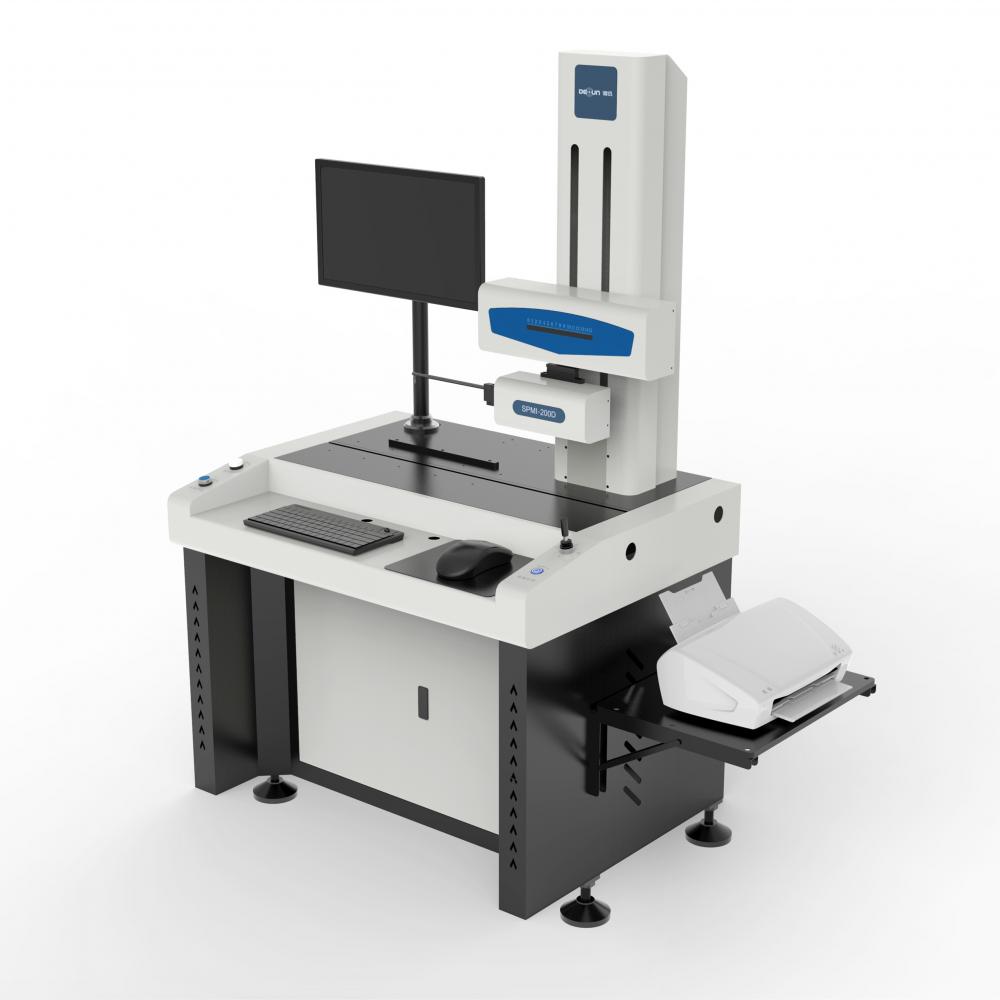1. The cultivator plans to raise the temperature to ensure early warning. The cultivator not only has the effect of dismantling the compaction, warming and protecting the earthworms, and killing the grass, but also has the effect of promoting the growth of strong seedlings, strong seedlings and strong seedlings. The favorable timing for early spring planning is “the top of the lingering periodâ€, at this time, the best protection effect is beneficial to the early rooting of wheat and the promotion of strong seedlings. 2. Scientific operations, timely pouring the first spring water. Pouring the first water in spring is the key to improving yields and reducing costs. For wheat fields with poor lyricism and wheat fields with low number of weak seedlings or total stalks, the first spring in spring must reach the stage of getting up earlier; for those with good nymphobia and strong seedlings and wheat fields, the first water time can be postponed and poured into the joints before pouring. Fertilizer for water; For the high-yielding wheat fields with large groups, the fertilizer and water should be controlled and then poured into the jointing stage. Top dressing with watering. General mu recover urea 20-25 kilograms, phosphorus deficiency plots, can make up Mushi DAP 7.5-10 kilograms.
3. Second, three fertilizer, flexible control. The second and third fertilizers should be flexibly controlled according to the conditions of the seedlings, the lyrics, and the climatic conditions. The second water is carried out in the period of the flag of the booting spike, and topdressing nitrogen fertilizer; the third water is carried out 10-15 days after the wheat is lifted, and no fertilizer is applied afterwards so as not to affect the quality.
4. Timely chemical weeding, chemical control down. Spring is a period of weeds, and we should seize the opportunity to prevent it in time. The wheat grass weeds in wheat fields in my county are mainly bromegrass, and should be taken from the jointing stage to the heading stage, uprooted, and taken out of the field for centralized destruction. Broad-leaved weeds mainly include Sophora japonica, Mesquite Chinensis, Amaranth, Maijiagong, Morning Glory, Gray vegetables, Porcupine, and so on. They should be treated with tribenuron-methyl or superstar spray before they get up.
For large groups of wheat fields, paclobutrazol (40 g/mu) or Zhuangfengan (30-40 ml/mu) was sprayed before the start of the crop until the jointing stage.
5. Do a good job of forecasting and timely control of pests and diseases. Wheat powdery mildew, rust, root rot, sheath blight, head blight, aphids, and midge are pests that are prone to occur in the middle and late stages of wheat growth. It should be promptly removed.
Roughness Measuring Instrument
Roughness meter, also known as surface roughness meter, surface smoothness meter, surface roughness tester, roughness measurement meter, roughness tester, and other names. It has the characteristics of high measurement accuracy, wide measurement range, easy operation, portability, and stable operation. It can be widely used for the detection of various metal and non-metal processing surfaces. This instrument is a pocket instrument that integrates sensors and hosts, with handheld characteristics, making it more suitable for use in production sites. The exterior design is sturdy and durable, with significant resistance to electromagnetic interference, in line with current design trends.

The application fields of roughness meters include:
1. Mechanical processing and manufacturing industry, mainly metal processing and manufacturing. Roughness meters were originally developed to detect the surface roughness of machined parts. Especially, stylus type roughness measuring instruments are more suitable for detecting hard metal surfaces. For example, the automotive parts processing and manufacturing industry, the mechanical parts processing and manufacturing industry, and so on. As long as these processing and manufacturing industries involve the surface quality of workpieces, the detection application of roughness meters is essential.
2. In the non-metallic processing and manufacturing industry, with the progress and development of technology, more and more new materials are applied to processing processes, such as ceramics, plastics, polyethylene, etc. Some bearings are now made of special ceramic materials, and pump valves are made of polyethylene materials. These materials have a hard texture, and some applications can replace metal materials to make workpieces. During production and processing, their surface roughness also needs to be tested.
3. With the continuous strengthening and improvement of the technology and functions of roughness meters, as well as their in-depth promotion and application, more and more industries have been found to require roughness detection. In addition to mechanical processing and manufacturing, roughness evaluation is also required in the production and processing of power, communication, electronics, such as couplings on switches, integrated circuit semiconductors, and even stationery, tableware, and other products used in people's daily lives The surface roughness of human teeth needs to be tested.
Roughness Measuring Instrument,Surface Roughness Tester,Roughness Tester,Mitutoyo Roughness Tester
Zhejiang dexun instrument technology co., ltd , https://www.dexunmeasuring.com